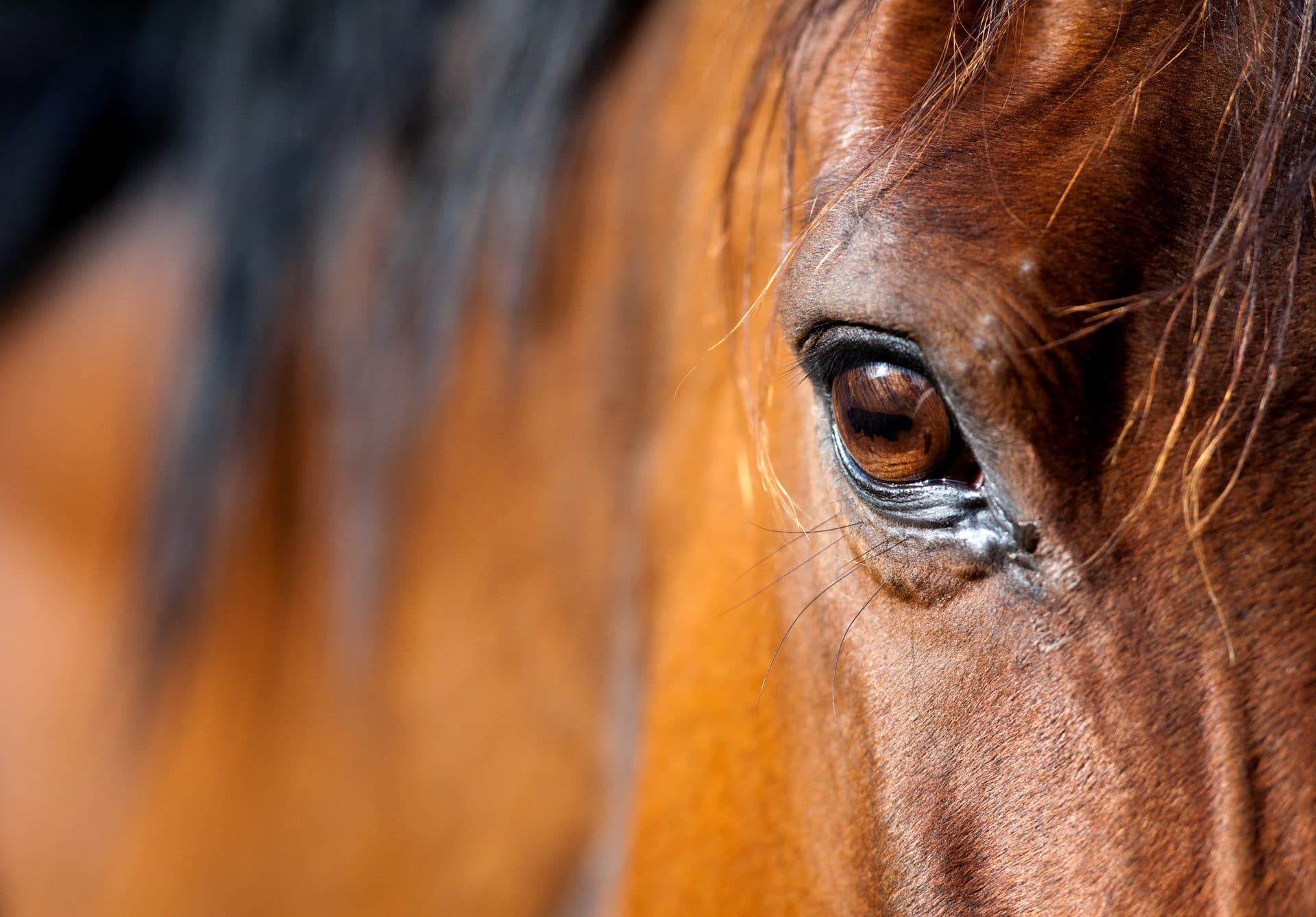Rhinopneumonitis is a disease of the horse caused by the herpes virus type 1 (HVE-1) and/or type 4 (HVE-4). It occurs in several forms. The most common form is the respiratory form, but it can also occur in the nervous and abortive forms. Rhinopneumonitis is highly contagious and can cause numerous epidemics in horses. This is why it is so important to protect your horse.
What are the symptoms of rhinopneumonitis in horses?
Rhinopneumonia in the respiratory form
The incubation phase can last from 2 to 10 days. In the respiratory form, which is the most common, rhinopneumonitis will cause a range of symptoms in the horse. These are often described as flu-like. For example, there is fever (temperature over 38.5°C), dejection and loss of appetite. In addition, there will be a dry cough and vomiting. These symptoms may last for 1 to 2 weeks, but the horse may continue to be contagious for up to 21 days after the symptoms have ceased. Some horses may also be healthy carriers and not develop any symptoms but still be contagious. Although rarely fatal, equine rhinopneumonitis can lead to bacterial superinfection. To diagnose the disease, the veterinarian performs a PCR test using a nasopharyngeal swab.
Rhinopneumonitis in the abortive form
If rhinopneumonitis occurs in the abortive form, the mare may abort at any time during pregnancy. Often this happens towards the end of gestation between the 9th and 11th month. In some cases, the foal may be born alive. However, it often dies of respiratory complications within 3 days of birth. Rhinopneumonia in its abortive form is the leading cause of infectious abortion in horses. In some cases, the mare will have shown no signs prior to abortion, and may even abort up to 4 months after exposure to the infection. In this case, the veterinarian will be able to diagnose the disease by taking tissue from the runt.
Rhinopneumonitis in the nervous form
The rarest form of rhinopneumonitis is the nervous form. HVE-1 can manifest itself as herpetic myelo-encephalitis, i.e. an inflammation of the brain and spinal cord. In these cases of rhinopneumonitis, mild locomotion problems, partial or mild paralysis, ataxia (difficulty in coordinating limbs, etc.) are observed. Some horses may recover without any sequelae, while in the most severe cases the affected horse will have to be euthanised. The nervous form of rhinopneumonitis can be detected by taking a sample of cerebrospinal fluid.
To date, there is no treatment for rhinopneumonitis as it is a viral infection. However, the veterinarian can administer treatments to alleviate hyperthermia.
How can the transmission of rhinopneumonitis between horses be avoided ?
As equine rhinopneumonitis is extremely contagious, it is essential to vaccinate horses, especially those at risk (pregnant mares, young horses, horses that travel regularly). For vaccinated horses, the booster vaccination against rhinopneumonitis should be done every year. It should be noted that the vaccine does not prevent the infection, but it does considerably limit its effects.
If an equine develops the disease in a stable of unvaccinated horses, it may cause an outbreak of equine rhinopneumonitis. The virus is transmitted in several ways. Firstly, by direct contact between 2 individuals via inhalation of infectious cells present in the air, or exposure to respiratory secretions. But also by indirect contact, for example if a horse comes into contact with the uterine secretions of a mare that has aborted.
It is therefore necessary to isolate a sick horse immediately, otherwise the whole stable / pasture will be contaminated. It is also important to quarantine any new horse arriving at a stable to ensure that it is symptom free. Stable staff can also carry the disease and pass it on to other horses. It is therefore essential to clean hands and change clothes before handling other healthy horses.
Once a horse has been infected with rhinopneumonitis, it may reoccur, for example, during a period of stress or fatigue. Unlike many equine diseases, the virus remains latent in the horse’s body throughout its life.



